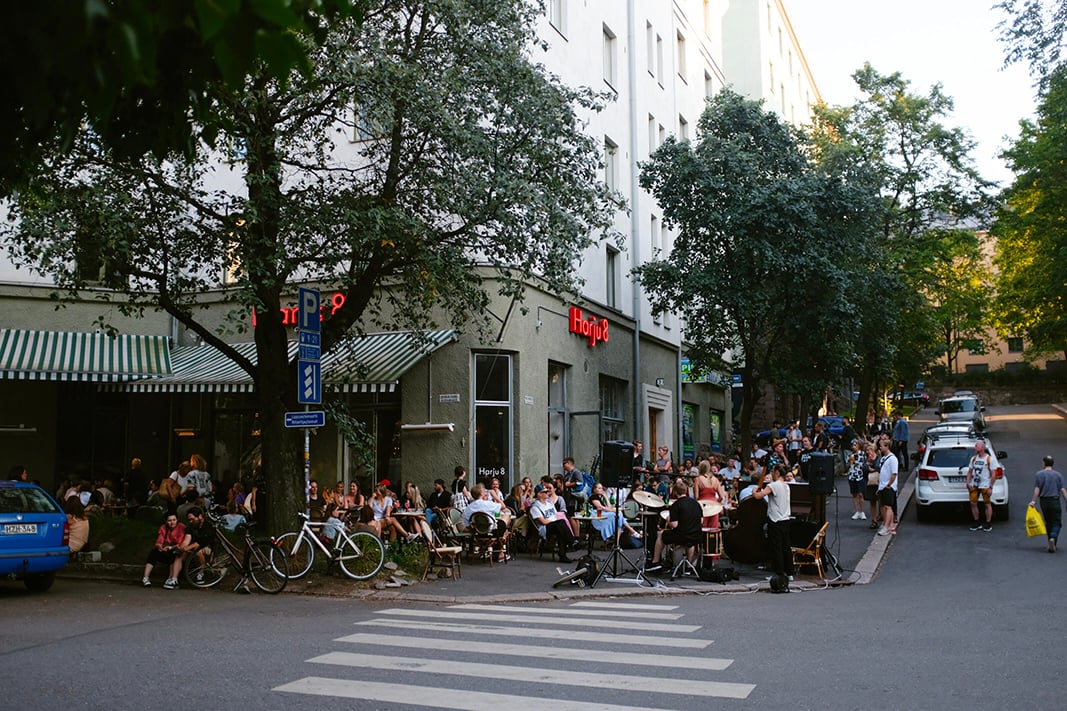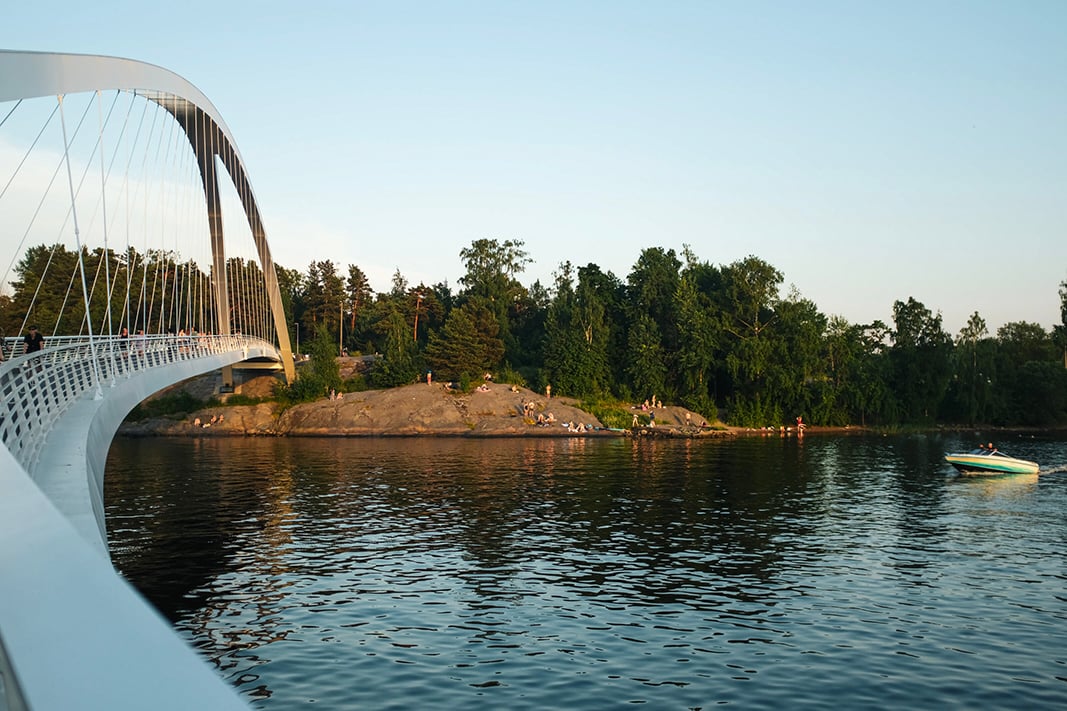Helsinki holds untapped potential in Travel and Tourism
For international Travel & Tourism professionals, Helsinki has not been much of a secret for a long time. The pocket-sized metropolis has seen its exposure skyrocket in the years pre-covid – and yet, there’s a lot of potential that still remains untapped.
News 12.10.2021

But first, let's take a look at the latest praise heaped on Helsinki. Just before Covid hit, Helsinki was the 2019 Capital of Smart Tourism and ranked #5 most sustainable tourist destination in the world. CNN declared Helsinki as Europe's hottest new food destination (with nowadays record-breaking 7 Michelin restaurants!) and the Union of International Associations (UIA) ranked Helsinki #15 top congress city in the world (and the most popular in the Nordics).
And wait, did we forget to mention that Finland was the happiest country in the world again this year, for the fourth time running, with Helsinki claiming the top spot as the world's happiest city in 2020...?
With all this buzz, it's no surprise that people are curious to see what the fuss is all about. Senior Business Advisor Kati Soini from Helsinki Business Hub acknowledges that Travel industry is ready to shake off the shadow of the COVID19-pandemic altogether.
"Emerging from under the pandemic, we feel that Helsinki is in a great position to build on its strengths," she says, crediting the local Travel operators for their resilience.
Back on track
In fact, the Greater Helsinki Region was among the top cities in Europe in terms of tourism growth. This means that, for example, for international hotel operators, Helsinki appears to be an attractive option.
Hanna Lankinen, Head of Health and Travel Industry, at Invest in Finland, points out that Helsinki is great year-round destination, too. "Whether we're talking about the white nights of summer or the Helsinki 'Winter Wonderland' around Christmas, there's plenty to see and do in any month here," she says.
 The Greater Helsinki region is among the top cities in Europe in terms of tourism growth.
The Greater Helsinki region is among the top cities in Europe in terms of tourism growth.
Photo: Visit Finland / Mariia Kauppi
The Greater Helsinki region has been pulling in visitors at a staggering rate: the number of overnight stays grew 28% in the five years before Covid. The occupancy rate of hotel rooms in Helsinki was also one of the highest among Europe's capitals (74% in 2019).
"The local mid and upscale hotels have been dominating the markets. To accommodate all the visitors, before the pandemic there was an acute need for new hotels, especially in the budget and luxury range," says Kati Soini. What tomorrow holds, remains to be seen, as the future of the business travel is yet unknown and it most likely will take some new forms.
Make it Smart & Sustainable!
Helsinki is committed to developing the local travel industry, with travel included also in the City's new strategy, explains Nina Vesterinen, Tourism Director for the City of Helsinki. "Helsinki is the Smart & Sustainable city destination and we want to keep highlighting and further developing along these lines," she says.
In addition, Helsinki is continuing its "seaside renaissance" of recent years. After rescuing former logistics/industrial areas of Kalasatama and Jätkäsaari to waterfront development – including new hotels – the City is repurposing many of its local islands.
 Helsinki is repurposing many of its islands – the island of Mustikkamaa is located right in front of Kalasatama. Photo: Visit Finland / Mariia Kauppi
Helsinki is repurposing many of its islands – the island of Mustikkamaa is located right in front of Kalasatama. Photo: Visit Finland / Mariia Kauppi
"The marine perspective is an important component in the new City strategy," confirms Vesterinen.
According to Hanna Lankinen, the Finnish capital benefits from having a highly efficient and transparent business environment. "Looking at Helsinki, one can quickly see that it is a safe and stable environment for long-term investments."
Comeback Kings
Before Covid, tourism in Helsinki experienced a steady annual growth for nine straight years. Now the City is eager to return to its winning ways – and hopefully it is once again drawing visitors from around the world very soon, says Kati Soini.
"It is also important to notice that the Helsinki Metropolitan Area enjoys a very balanced flow of visitors from many countries," Soini comments.
Soini, Vesterinen and Lankinen agree that things are looking very bright for Helsinki. For all intents and purposes, it looks like the "Daughter of the Baltic" is ready to put her dancing shoes on.
"As tourism recovers, we are highlighting Helsinki's strengths such as safety, societal functionality, sustainability, good flight connections and combination of urban culture and nature," Vesterinen says.
Bring the charm
Talking about future trends in the post-pandemic world, one will surely be accessibility and having enough room to roam while breathing the cleanest air in the world.
"The aim is for Helsinki to grow and renew in a sustainable and smart way. Investing in sustainability and knowledge management will create a clear competitive advantage," says Vesterinen.
Adding to that winning formula is great connectivity, says Hanna Lankinen. "For example, Helsinki features the shortest air route from Europe to Asia."
Contact our experts
Hanna Lankinen
Head of Travel & Tourism industry
hanna.lankinen (at) businessfinland.fi
Tuija Tommila
Senior Advisor, Travel & Tourism
tuija.tommila (at) businessfinland.fi